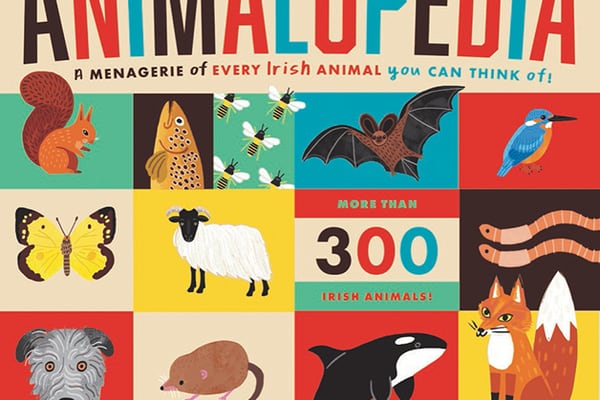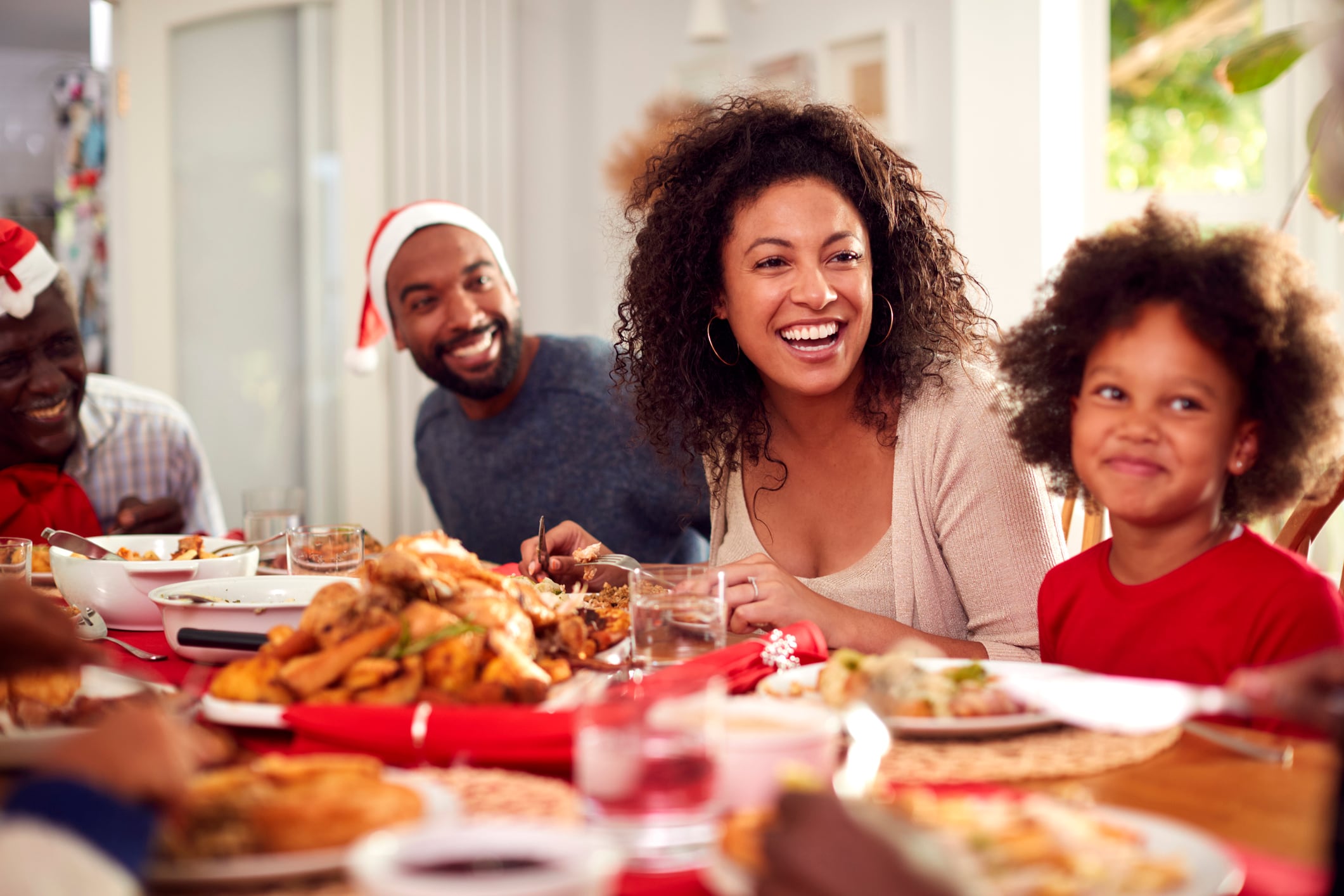You were at the Lindau Nobel laureate Meeting recently in Germany — what is that?
The meeting is an annual conference at Lindau on Lake Constance for Nobel Laureates and early stage researchers. It involves a week of talks and discussions, and meals and walks, and other events. It’s a brilliant opportunity to meet these Nobel prizewinners and to build connections with other early stage researchers from around the world. It was like a summer camp for hundreds of people talking about science for a week.
How did you get to go?
I was meant to go in 2020, but pandemic restrictions delayed that. I was nominated to go by NUI Galway, then the Irish Research Council selected me. Two other early-stage researchers went to Lindau this year too with the support of the IRC, Dr Adele Gabba and Dr Ibrahim Aminu.
READ MORE
What wisdom did you pick up from hanging around with the Laureates?
One of the first talks there was by Prof David MacMillan, who won the Nobel Prize in chemistry last year. He was as excited to meet Nobel Prize winners as we were, and that set the tone.
Overall, the message from many of the Laureates was to work on something you find exciting, and if the world later decides it should be given an award that’s an added bonus, but prizes and glory should not be the motivation. Really it’s about being a dedicated and enthusiastic scientist, and researching questions that you can’t put down.
Tell us about your own chemistry research in Galway?
I’m working on chemical sensors for bacteria that cause hard-to-treat infections. Many of these bacteria produce proteins on their outsides, so I have a Science Foundation Ireland-funded project to make sugar molecules that can latch on to these proteins.
The idea is that we use these sugar molecules as “bait” for bacteria in a sample to click on to, then that binding gives a fluorescent signal to tell us the bacteria are present.
What do you hope will emerge from it?
Ideally, we would like to see this being developed for sensing bacterial infections in patients, or contamination in medical devices such as catheter tubes that are placed in the body.
I’m working with researchers from Queen’s University Belfast and with the CÚRAM SFI Research Centre for Medical Devices in Galway on a coating that could go inside catheters, and signal if troublesome bacteria are starting to grow there.
What do you wish people knew about your area of research?
What I do is fundamental chemistry research, and it will take time to move to a clinical setting. The big challenge will be engineering the coating so that the bacteria will take the bait, rather than latching on to human cells around them.
But again I take heart from the Nobel Laureates, some of them are living proof that science is a long process and discoveries can take years or even decades to have an impact. You have to keep working hard at it.
And how do you take a break?
I like spending time with family, playing the guitar and dancing, particularly Lindy Hop dancing. I love travel too. During the pandemic lockdowns when going abroad wasn’t feasible, I focused instead on a podcast I make with my friends, where we profile the history of different countries.
Probably the most fascinating place I have been in real life is northern Japan. I learned enough Japanese to get by and travelled around there visiting the fortresses and hot springs. I was going to Japan anyway for a conference, so I took a week of holidays to explore. It was a nice way to combine work and life.













